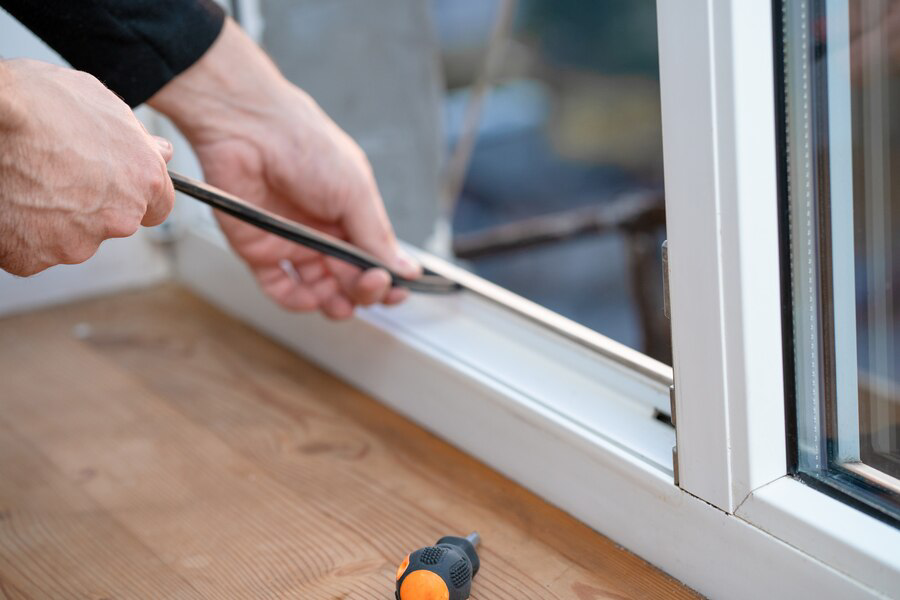
The Practical Benefits of Window Replacement
Are you tired of drafty windows causing your energy bills to skyrocket? Or perhaps you’re fed up with the constant maintenance required to keep your current windows functional? Look no further – window replacement might just be the solution you’ve been searching for. In this blog, we’ll delve into the practical benefits of replacing your windows, from improving energy efficiency to enhancing the overall aesthetics of your home. Not only can new windows significantly reduce your energy costs by providing better insulation, but they can also add value to your property and increase its curb appeal. Say goodbye to the hassle of repainting and repairing old, worn-out frames – modern replacement windows are designed for durability and low maintenance, giving you more time to enjoy your home without the worry of constant upkeep. So, if you’re ready to upgrade your home’s comfort, efficiency, and appearance, read on to discover why window replacement might be the perfect investment for you.
Energy Efficiency: How Window Replacement Can Lower Your Bills
In today’s world, where sustainability and cost-effectiveness are becoming increasingly important, homeowners are seeking ways to reduce their energy consumption and lower their utility bills. One often-overlooked solution is window replacement. While it may seem like a significant investment upfront, the long-term benefits far outweigh the initial cost. In this article, we’ll explore how replacing your windows can improve energy efficiency and ultimately lead to substantial savings on your energy bills.
Understanding Energy Loss Through Windows
Before delving into the benefits of window replacement, it’s crucial to understand how much energy is lost through inefficient windows. Old, single-pane windows or those with deteriorating seals can allow heat to escape during the winter and cool air to seep out during the summer. This constant exchange of air forces heating and cooling systems to work harder, resulting in higher energy consumption and increased utility bills.
The Role of Energy-Efficient Windows
Energy-efficient windows are specifically designed to minimize heat transfer, keeping your home warmer in the winter and cooler in the summer. They achieve this through advanced technologies such as low-emissivity (Low-E) coatings, multiple glazing layers, and insulated frames. These features work together to create a barrier against outdoor temperatures, reducing the need for constant heating and cooling.
Lower Heating and Cooling Costs
By replacing old, drafty windows with energy-efficient ones, homeowners can significantly reduce their heating and cooling costs. Studies have shown that energy-efficient windows can reduce energy consumption by up to 30%, resulting in substantial savings over time. With rising energy prices, investing in window replacement can provide long-term financial benefits by lowering utility bills.

Long-Term Return on Investment
While the upfront cost of window replacement may seem daunting, it’s essential to consider the long-term return on investment. Energy-efficient windows not only lower energy bills but also increase the overall value of your home. Should you decide to sell in the future, prospective buyers will be willing to pay more for a home with lower energy costs and improved sustainability features.
Environmental Impact
In addition to saving money, energy-efficient windows also reduce your carbon footprint by decreasing energy consumption. By minimizing the need for heating and cooling, you’re reducing the demand for fossil fuels and lowering greenhouse gas emissions. Choosing sustainable options for your home, such as energy-efficient windows, is a small but impactful way to contribute to environmental conservation.
Health and Well-being: The Health Benefits of Window Replacement
While we often think of home improvements in terms of aesthetics or energy efficiency, the impact of window replacement on our health and well-being is often underestimated. Beyond providing natural light and ventilation, windows play a significant role in creating a healthy indoor environment. In this article, we’ll explore the various health benefits of window replacement and how upgrading your windows can contribute to a happier and healthier lifestyle.
Natural Light and Vitamin D
One of the primary health benefits of window replacement is the increased exposure to natural light. Natural light not only brightens up our living spaces but also stimulates the production of vitamin D in our bodies. Vitamin D is essential for bone health, immune function, and mood regulation. By installing larger windows or ones with better transparency, you can maximize natural light exposure and enhance your overall well-being.
Improved Mood and Mental Health
Exposure to natural light has been linked to improved mood and mental health. Sunlight triggers the release of serotonin, a neurotransmitter associated with feelings of happiness and well-being. By bringing more natural light into your home through window replacement, you can combat feelings of depression, anxiety, and seasonal affective disorder (SAD), especially during the darker winter months.
Circadian Rhythm Regulation
Our bodies rely on natural light cues to regulate our circadian rhythms, the internal clock that governs our sleep-wake cycle. By exposing ourselves to natural light during the day and minimizing artificial light exposure at night, we can synchronize our circadian rhythms and improve the quality of our sleep. Energy-efficient windows with low-E coatings can help control the amount of light entering your home, promoting healthier sleep patterns.
Indoor Air Quality
Poor indoor air quality can have a significant impact on our respiratory health, leading to allergies, asthma, and other respiratory conditions. Old, drafty windows can allow dust, pollen, and other airborne pollutants to enter your home, exacerbating respiratory issues. By replacing these windows with newer, properly sealed ones, you can prevent outdoor pollutants from infiltrating your indoor environment and improve overall air quality.
Noise Reduction
Excessive noise pollution can have detrimental effects on our physical and mental health, leading to stress, sleep disturbances, and cardiovascular problems. Upgrading to windows with soundproofing features can help reduce noise infiltration from outside sources, creating a quieter and more peaceful living environment. This can lead to better concentration, relaxation, and overall well-being.
Enhanced Comfort: The Impact of Window Replacement on Indoor Climate
Upgrading your windows isn’t just about aesthetics; it’s about enhancing the comfort of your living space. The impact of window replacement on indoor climate cannot be overstated. From regulating temperatures to minimizing drafts, modern windows play a crucial role in creating a cozy and comfortable environment for you and your family.
- Temperature Regulation: New windows with advanced insulation properties help maintain consistent indoor temperatures, keeping your home warmer in the winter and cooler in the summer.
- Minimized Drafts: Tight seals and properly installed windows prevent drafts, eliminating uncomfortable cold spots and ensuring a more even distribution of heat throughout your home.
- Improved Energy Efficiency: By reducing heat transfer, energy-efficient windows lower the strain on your heating and cooling systems, resulting in reduced energy consumption and lower utility bills.
- Enhanced Soundproofing: Modern windows with soundproofing features help block out external noise, creating a quieter and more peaceful indoor environment for relaxation and concentration
Conclusion
Investing in window replacement offers a myriad of practical benefits that extend beyond mere aesthetics. From enhanced energy efficiency and improved insulation to increased property value and heightened security, the advantages are manifold. By opting for modern, energy-efficient windows, homeowners can enjoy reduced utility bills, a more comfortable living environment, and a significant return on investment in the long run. Moreover, the aesthetic appeal and curb appeal of a property are greatly enhanced with sleek, updated windows, making it a worthwhile endeavor for both practical and visual reasons. At EZ Window Solutions of Cleveland, we understand the importance of quality window replacement and are committed to providing top-notch service and products to meet your needs. Contact us today at 440-773-4396 to learn more about how we can help you achieve the benefits of window replacement for your home in Cleveland, Ohio.

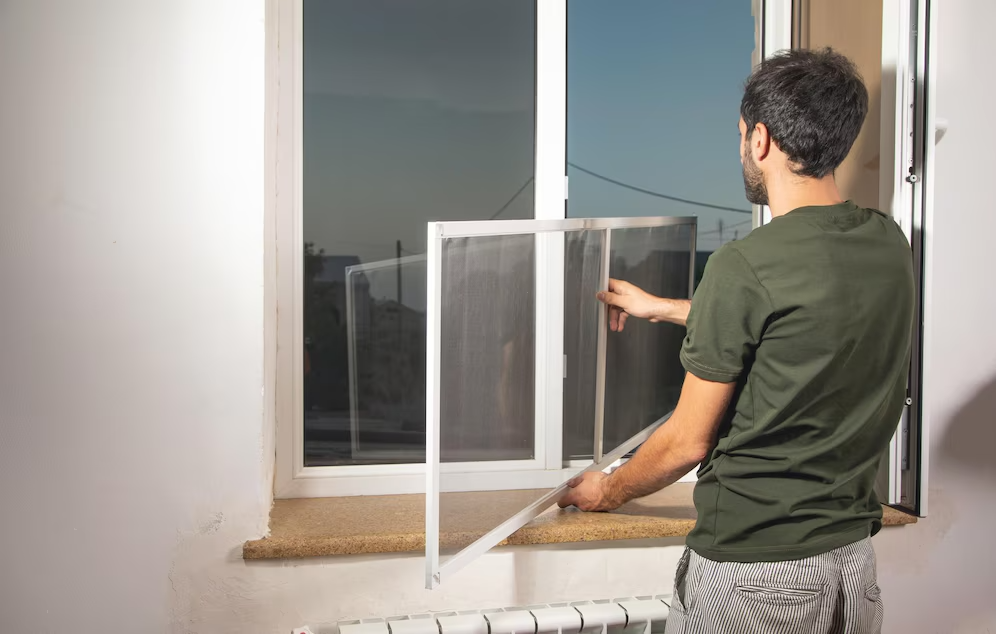

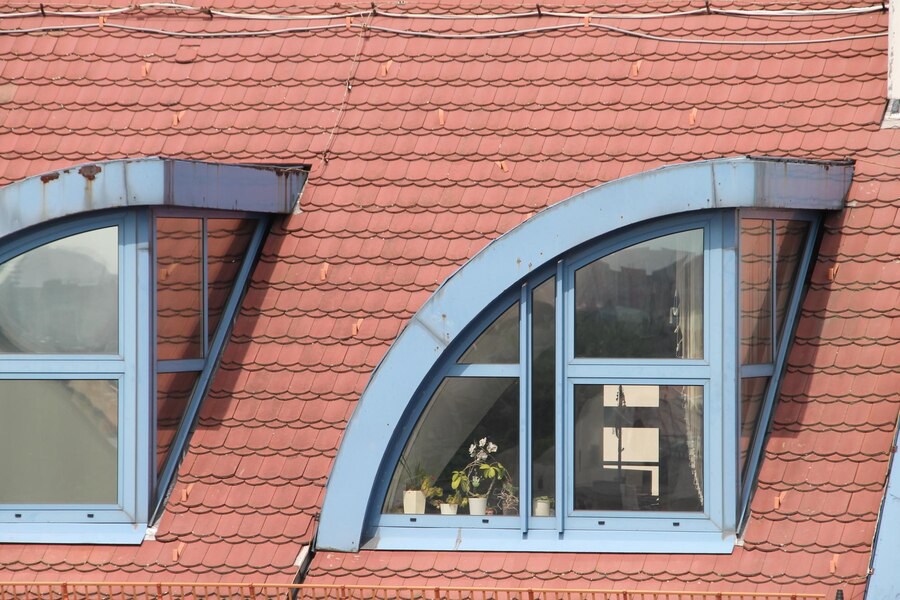

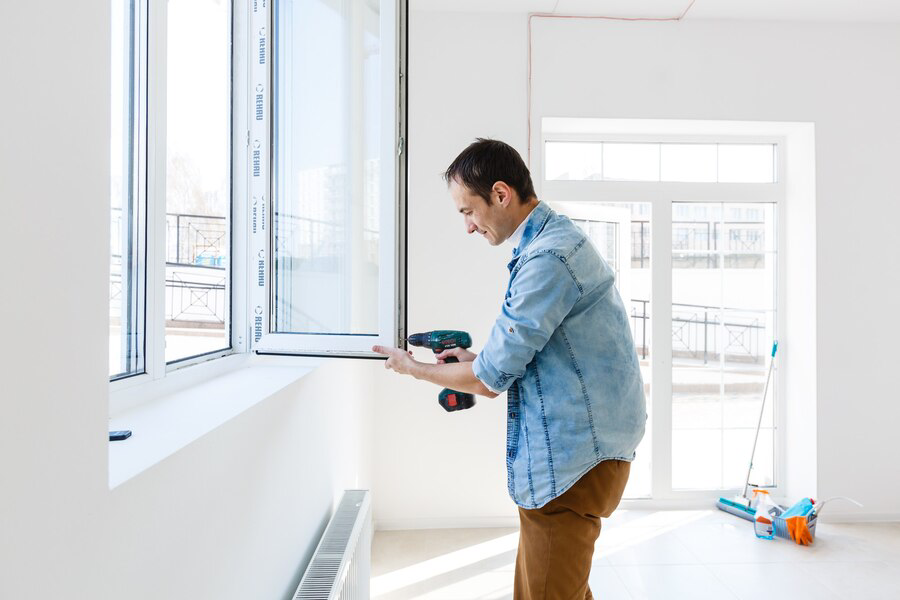

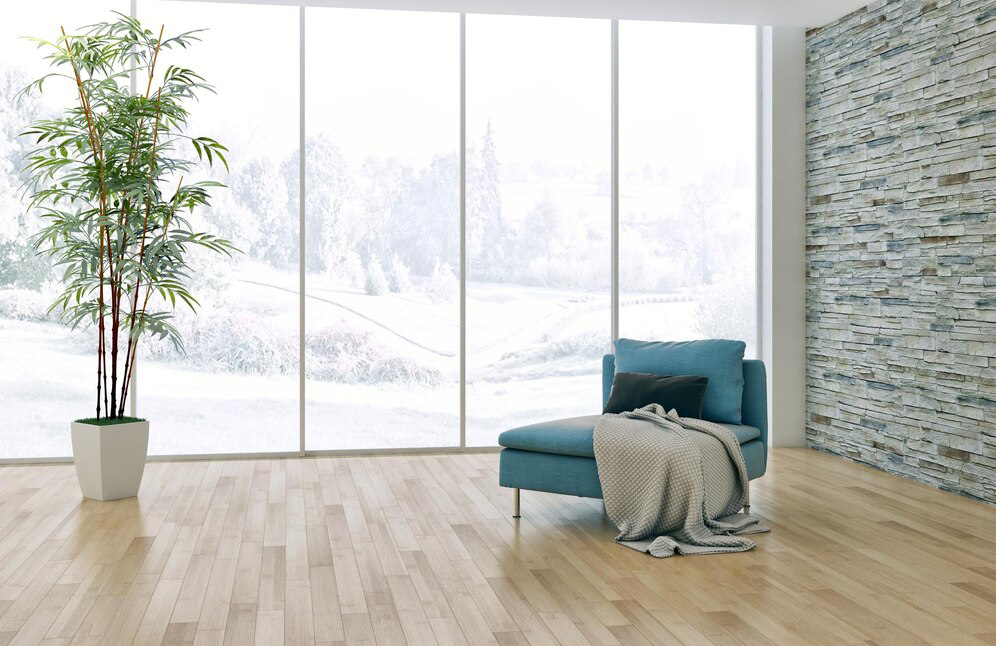

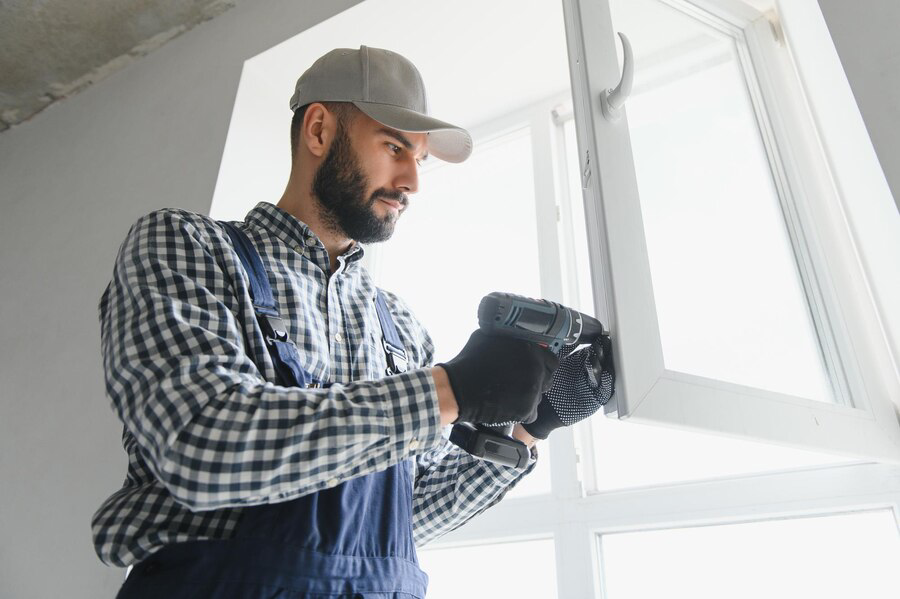

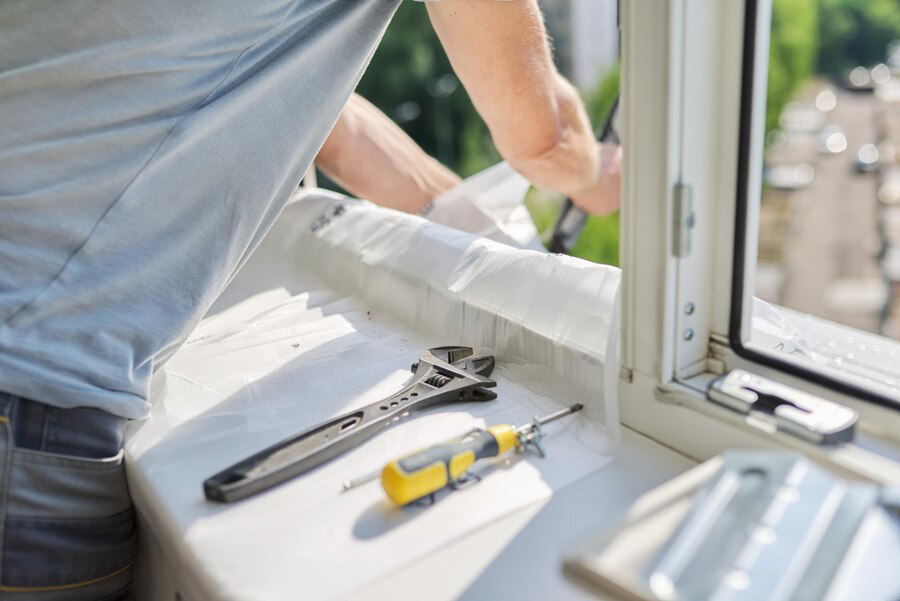



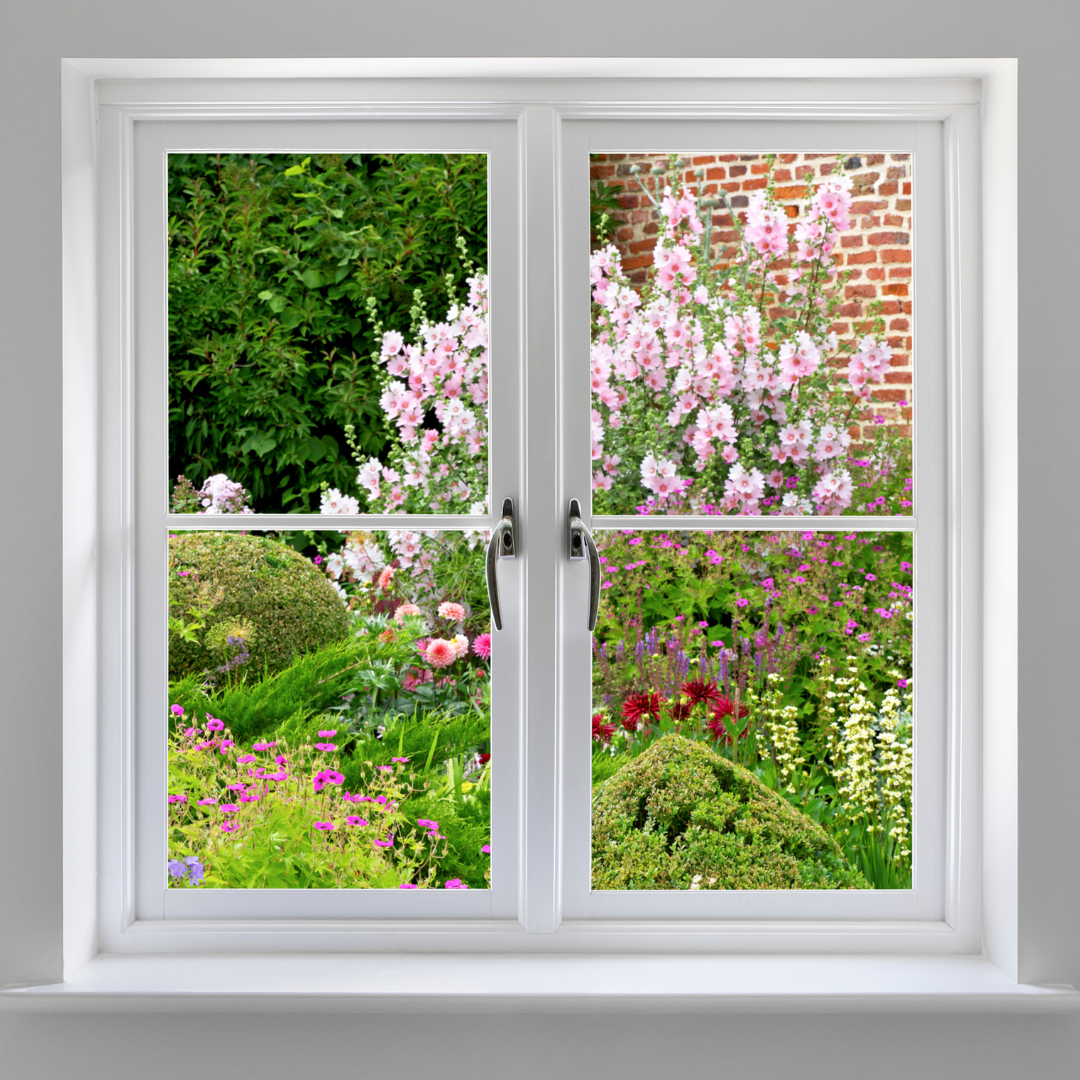

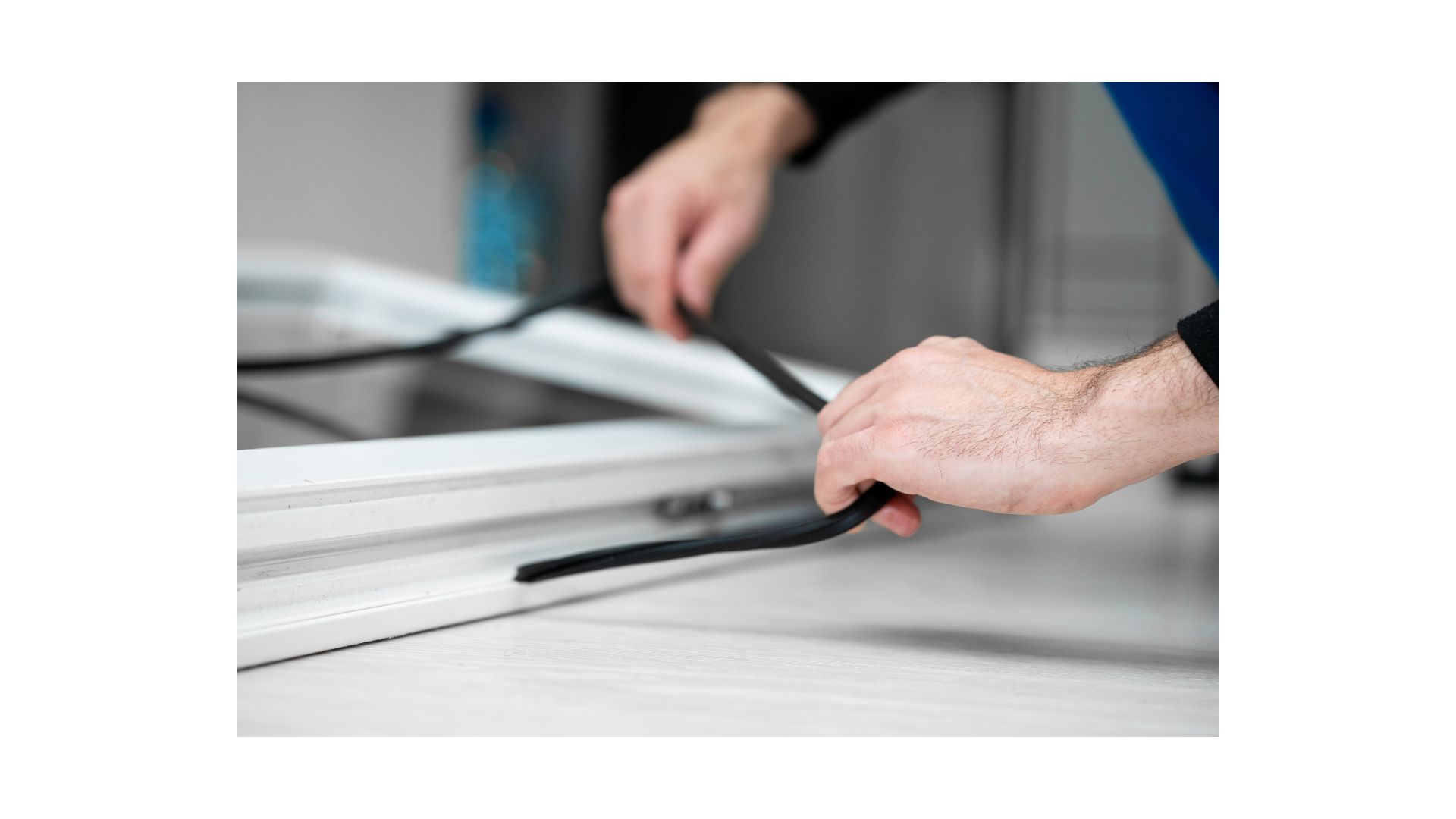


Recent Comments